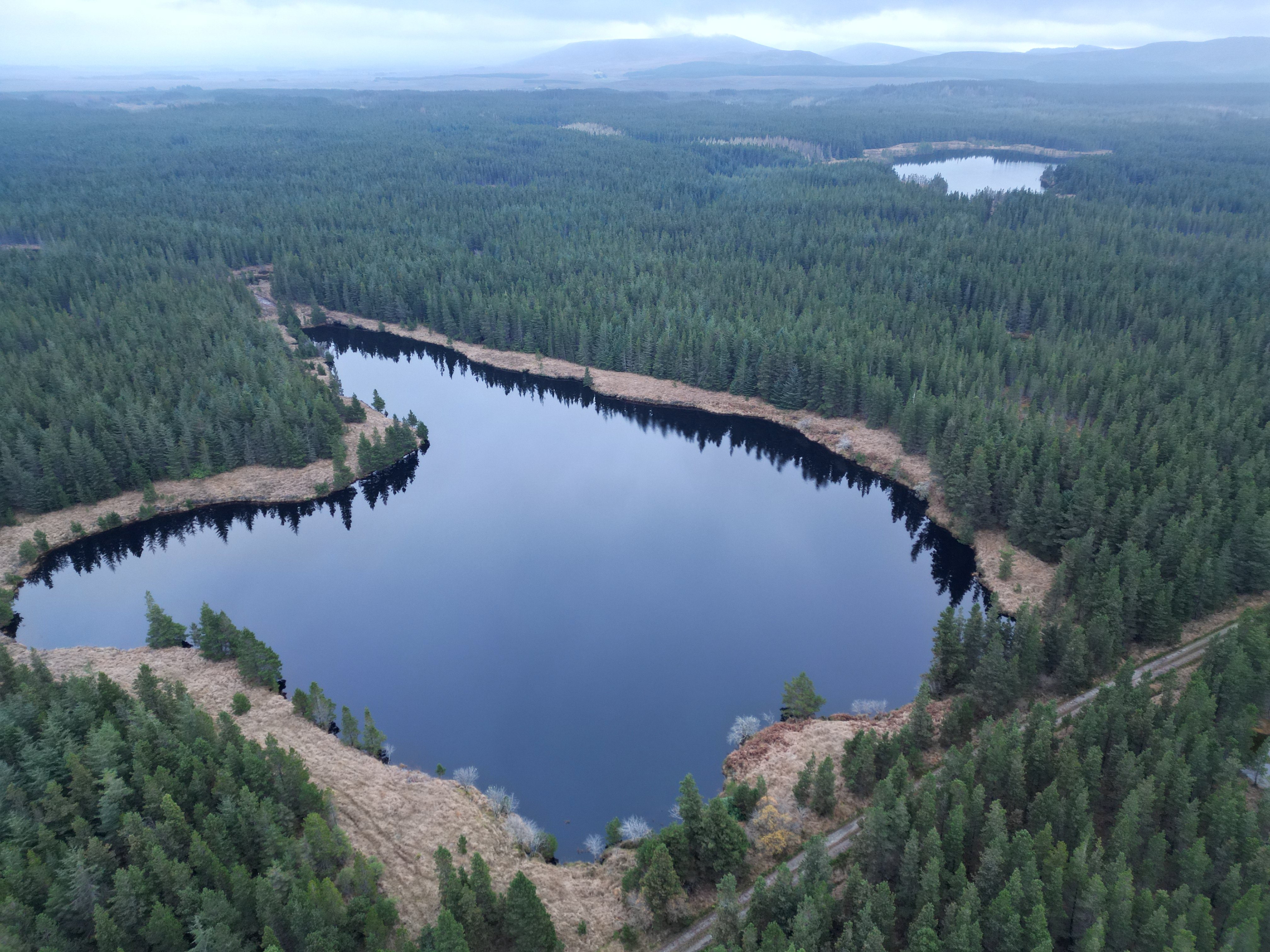Varied restoring approach needed in Nephin Forest - study
A new study highlights the need for a varied approach to ecological restoration in the Nephin Forest region of Wild Nephin National Park in Co. Mayo.
The research paper published in the journal 'Applied Vegetation Science' assessed the status of plant communities within the forest and the relationship formed with local environmental factors.
Factors assessed included: Soil type; subsoil type; soil depth; topography; and elevation.
The area currently suffers from the spread of invasive Rhododendron, while the peat soils beneath much of the forest have likely been degraded following land drainage for afforestation, according to the research paper.
To complete the study, researchers in Atlantic Technological University (ATU) and the Marine Institute, in collaboration with the National Parks and Wildlife Service (NPWS) conducted a large survey of the 4,700ha of formerly commercial conifer plantation.
They recorded the plant communities at 230 sites within Nephin Forest, identifying communities that remain in a relatively non-degraded state, persisting since the area was afforested.
The majority of the flatter northern region of the forest was found to be environmentally similar to areas which support lowland blanket bog vegetation, meaning it could be suitable for targeted tree removal and drain blocking.
Certain areas in the south of Nephin Forest were more similar to reference communities of oak-birch woodland, according to the study.
These areas would be more suited to alternative restoration approaches, such as targeted native tree planting.
Lead author of the paper Colin Guilfoyle said that the study can be used as a "platform for planning the future" of Nephin Forest.
"The re-establishment of ecological processes, such as proper hydrological functioning and natural regeneration, which increases resilience and the capacity for communities to respond to environmental change will be important," Guilfoyle said.
The research also features an example of how vegetation data can be used to monitor changes after restoration over time, using a "forest-to-bog" restoration site which neighbours Nephin Forest as a case study.






